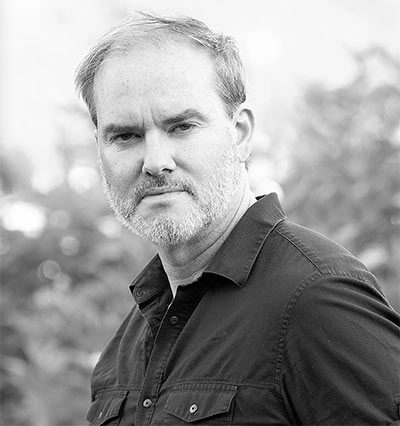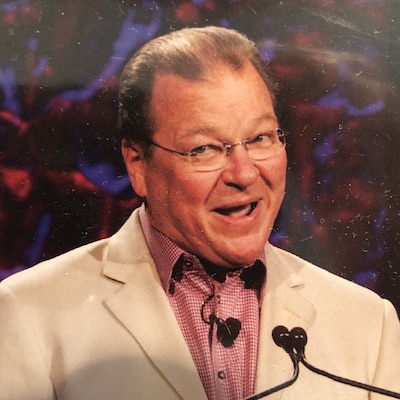Beauty standards
“She ain’t pretty. She just looks that way,” are the song lyrics from an old song from 1990 written and performed by the Northern Pikes, which I heard on the radio the other day.
The song suggests that the girl the writer falls in love with is beautiful on the outside, but she is not a beautiful person on the inside. Beauty is subjective and based on perception rather than an inherent quality of a person. Some people may find a certain individual to be attractive, while others may not, and this can depend on a variety of factors, such as cultural and personal preferences.
Beauty standards have changed over time and can vary between cultures and historical periods. In Western societies, for example, the idealized beauty standard for women has shifted from a curvy figure in the early 20th century to a thin and athletic figure in the 21st century. Some culturally idealized beauty standards also change through time like in East Asia culture. The ideal for women is to have fair skin and double eyelids. In the past century, beauty ideals have also become more diverse, as society has become more accepting of unique beauty.
Various forms of media and advertising have played a role in shaping beauty standards by promoting certain images and ideals. The fashion and beauty industries, in particular, have had a significant impact on shaping what is attractive.
It’s important to remember that even though beauty standards can change over time and vary between cultures, it is important not to fall into the trap of thinking that you should conform to a certain standard, beauty is a multidimensional and complex concept, that has many forms. Some ways to define beauty include:
Physical attractiveness: This definition focuses on the physical appearance of a person or object and is often linked to symmetrical features, healthy appearance, and youthfulness.
Aesthetic appeal. This definition focuses on the balance and harmony of an object or person, and how pleasing it is to the senses.
Inner beauty: This definition focuses on qualities such as kindness, compassion, and integrity, and emphasizes the importance of inner qualities over outward appearance.
Cultural context. This definition emphasizes the cultural and societal influences on what is beautiful. Different cultures have different ideals of beauty, that’s why it’s considered a multidimensional and complex concept.
Each definition of beauty is valid and depends on context and perspective. Beauty can also encompass different things for different people. One person might find beauty in the simplicity of a landscape, while another might find it in the complexity of a city.
Overall, beauty is a subjective concept different people can interpret and experience that differently. Which form of beauty do you find attractive?
Originally Published on https://boomersnotsenior.blogspot.com/

























